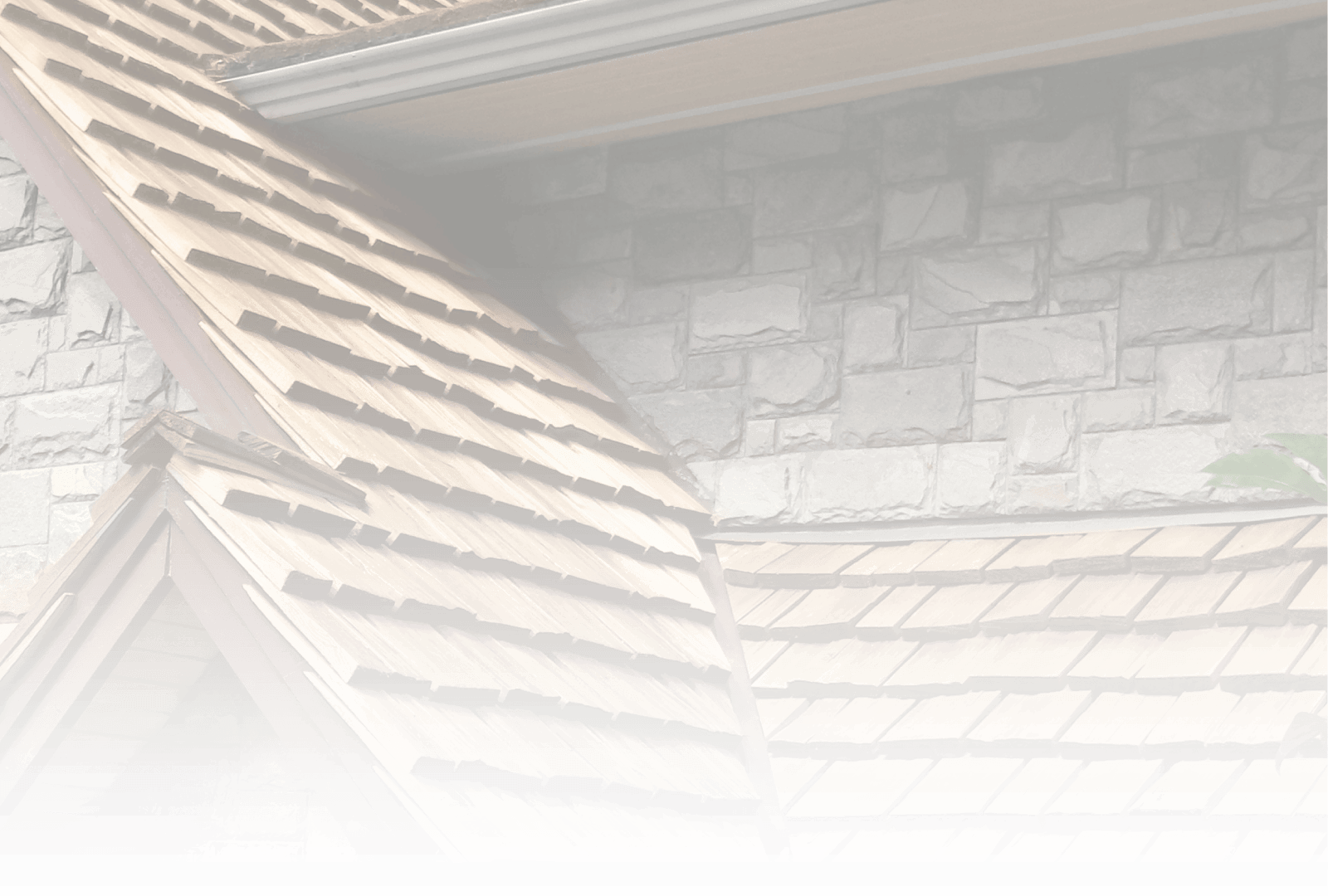

Material Safety Data Sheet For Wood Dust - Raw
Black Hawk Forest Products Ltd.,
Green River Log Sales Ltd.,
Scott Cedar Products
Star Lumber Ltd.
P.O. Box 515 Sumas, WA 98295
TEL: (604) 820-3800 FAX: (604) 820-3872
Revised: 12/05/95
SECTION 1 - Product Identification
Product Name(s): Wood Dust
Synonyms: Finely divided wood particles, powdered wood, sawdust, wood shavings.
Product Description: Mechanical or abrasive activities such as cutting, shaping, drilling, sanding or sawing conducted on untreated wood and untreated wood products can generate wood dust.
Product Use: A byproduct; not generated for specific use.
SECTION 2 - Hazardous Ingredients
| Substance | CAS No. | Percent | Exposure Limits |
| Wood Dust (Western Red Cedar) |
None | 100 | 1992 ACGIH TLVs STEL: 10 mg/m3 |
| OSHA PELs* * g-hr. TWA: 2.5 mg/m3 |
Wood dust is primarily composed of cellulose, hemicellulose and lignin. There are also several compounds (mostly organic) known as wood extractives. **Based on OSHA PELs 1989.
SECTION 2 - Physical Data
- Boiling Point: NAP
- Specific Gravity: Variable (Dependent on wood specified and moisture content.)
- Vapor Pressure: NAP
- Vapor Density: NAP
- Melting Point: NAP
- Solubility in H20 (% By Wt.): Variable
- Evaporation Rate (Butyl Acetate=1: nNAP
- % Volatiles by Vol.: Variable
- Appearance and Odor: Light to dark colored granular solid. Color and odor are dependent on wood species and time since dust was generated.
- Flash Point: NAP
- Flammable Limits: Autoignition Temperature: Variable* &400-500°F)
- LEL: 40 grams/m3 See
- UEL: Variable*
SECTION 4 - Fire & Explosion Data
*The autoignition temperature and upper explosive limits for wood dust vary with exact composition, particle size, moisture level and rate of heating and dust concentration.
Extinguishing Media: Water, carbon dioxide, sand.
Hazardous Combustion Products: Acrid smoke, carbon monoxide, aldehydes and organic acids.
Unusual Fire & Explosion Hazards: Wood products do not normally constitute an explosion hazard. Mechanical or abrasive activities which produce wood dust as a byproduct may present a severe explosion hazard if a dust cloud contacts an ignition source. Hot humid conditions may result in spontaneous combustion of accumulated wood dust. Partially burned or scorched wood dust can explode if dispersed in air. An airborne concentration of 40 grams of dust per cubic meter of air is frequently used as the LEL for wood dusts.
Special Fire Fighting Procedures: Use water to wet down wood dust to reduce the likelihood of ignition or dispersion of dust into the air. Remove burned or wet dust to open area after fire is extinguished. Self-contained breathing apparatus (SCBA) is recommended when fighting fire.
SECTION 5 - Reactivity Data
Stability/Polymerization: Product is stable under normal conditions.
Incompatibility: Avoid contact with oxidizing agents and drying oils. Avoid open flame. Product may ignite at temperatures in excess of 400°F.
Hazardous Decomposition Products: Thermal oxidative decomposition can produce irritating and toxic vapors and gases, including carbon monoxide, aldehydes, organic acids and other volatile organic fragments.
Hazardous Polymerization: NAP
SECTION 6 - Health Hazard Data
Primary Routes of Entry: Inhalation, skin and eye contact.
Signs and Symptoms of Exposure: Wood dust can cause skin rashes, allergic reactions, eye and nose inflammation, respiratory irritation, asthma and even certain rare cancers.
Inhalation: Respiratory ailments may occur from dust inhalation and include irritation, sore throat, bronchitis, asthma and reduced pulmonary function. A number of wood dusts including oak, mahogany, redwood and some exotic woods have been reported to cause hypersensitivity reaction leading to asthma.
Skin: Wood dust(s) of certain species can elicit allergic contact dermatitis in sensitized individuals, as well as mechanical irritation resulting in erythema and hives.
Eye: Direct contact can cause irritation and conjunctivitis.
Ingestion: Not expected under normal use.
Skin Absorption: Not known to occur under normal use.
Chronic Effects: Wood dust, depending on species, may cause allergic contact dermatitis with prolonged, repetitive contact and cause respiratory sensitization alter prolonged exposure to elevated dust levels. Inhalation of wood dusts (certain European hardwood: oak and beech) has been implicated in causing cancer of the nasal cavity and paranasal sinuses.
Medical Conditions Aggravated by Long-Term Exposures: Skin and respiratory disorders.
Carcinogenicity: Wood dust is not listed as a carcinogen by NTP, ACGIH or OSHA. However, IARC has determined there is sufficient evidence in humans for the carcinogenicity of wood dust group 1. NIOSH lists wood dusts as Class-X (carcinogen defined without further categorization).
